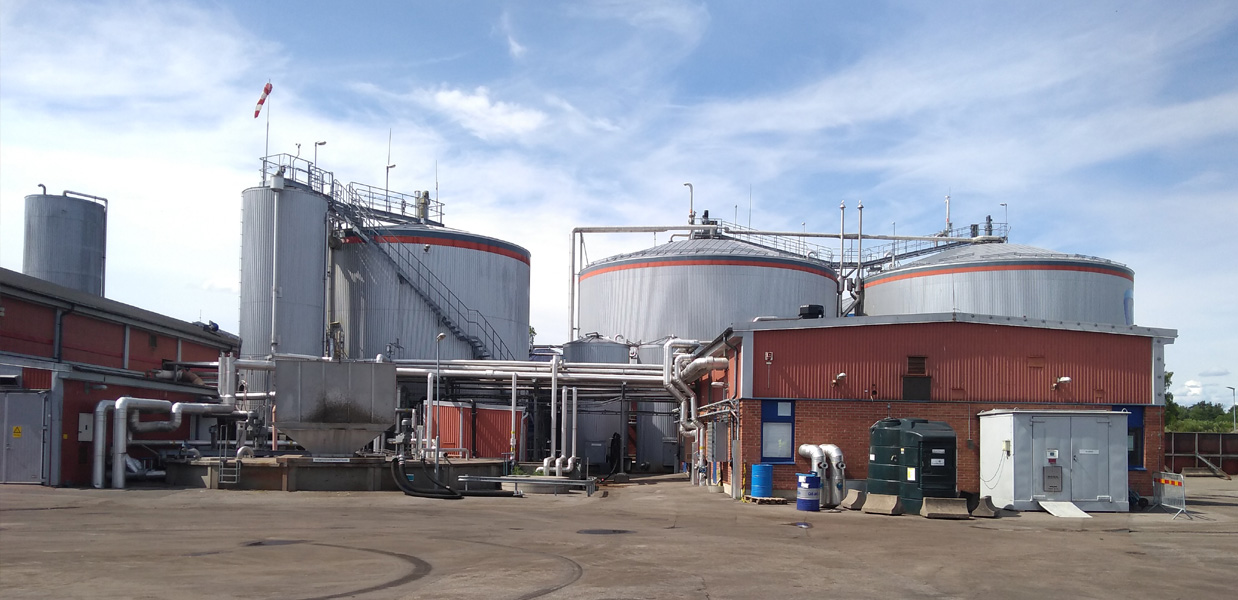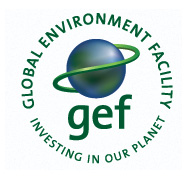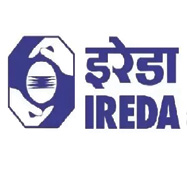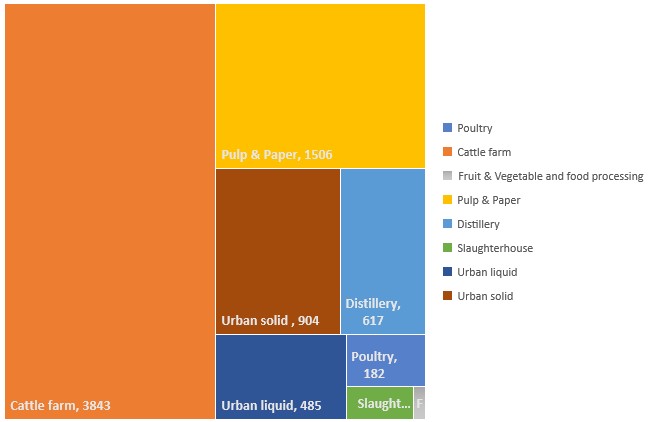



The rapidly growing industries in India, keeping pace with the economic growth of the country, generate large amounts of waste. Much of it, being organic, has significant potential for energy generation using different Renewable Energy (RE) Waste-to-Energy (WtE) technologies. The Government of India, through its Ministry of New and Renewable Energy (MNRE), introduced the program to promote waste to energy generation and has been supporting the projects through the implementation of various promising incentive schemes. Despite this, the growth of the Waste-to-Energy sector remained limited owing to poor attention from SMEs to invest in state-of-the-art innovative technologies.
The project aims to promote investment in bio-methanation technology (also known as biogas or Anaerobic Digestion (AD) technology) through the demonstration of innovative technologies and business models and by transforming the market for using urban and industrial organic waste for MSME industrial energy applications in the country. The project shows strong relevance to the National Mission for Enhanced Energy Efficiency (NMEEE) which is one of the eight National Missions of the National Action Plan on Climate Change (NAPCC), the Government of India's programme launched in 2008 to mitigate and adapt to the adverse impact of climate change. The RE technologies of waste-to-energy and applications of the energy generated from wastes are aligned to the cross-cutting technologies and fuel switch included in the NMEEE as options to mitigate the GHG emission.
The general framework of the project is organized into the following components:
1. Strengthening policy and institutional framework
2. Demonstration of most relevant financially feasible technologies in selected sectors
3. Increase use of technologies in organic waste to energy applications in industry
4. Capacity building of private and public stakeholders
Mapping the available urban and industrial organic waste across India
This comprehensive study carried out under the project included the estimation of waste availability and its potential for energy generation in different urban and industrial sectors such as poultry, sugar (press-mud), fruit & Vegetable and food processing, cattle farms, pulp & paper, distillery, slaughterhouses, urban liquid and solid wastes. The total estimated energy generation potential from wastes in the identified sectors is 7650 MW.

Development of the GIS-based inventory tool of organic waste streams
The Geographic Information System (GIS) tool facilitates locating of different organic wastes availability and their estimated potential energy generation at the state and district level across India. This tool fulfils its objective to enable the project developers to identify the correct combination of different wastes and their constant and reliable supply to the potential biomethanation waste-to-energy plants.
Development of the financial support scheme to Promote Innovative Industrial Organic Waste-to-Energy (IOWtE) Biomethanation Technologies and Business Models in India
The objective is to unlock investments in IOWtE biomethanation projects by demonstrating promising and sustainable innovations that can build the confidence of various stakeholders including industries, private investors, governments, banks and financial institutions that IOWtE is mature, feasible and promising for organic waste management and sustainable energy transformation in India.
The potential IOWtE projects selected by the Expert Appraisal Group (EAG) after the competitive evaluation of their innovativeness may receive subvention of interest rate by up to 5% on the project loan.
2 to 4 innovative IOWtE projects of installed capacities in the range of 0.25 to 2 MW electrical output (roughly equivalent from 1.2 to 9.6 tons/day Bio-CNG/CBM/CBG) showcasing one or more sustainable innovations in the following areas.
Feedstock pre-processing and management -The modification of physical and/or chemical properties of organic waste to increase its shelf life (pre-biomethanation/digestion) and/or to optimize the efficiency of the overall biogas generation process and plant design; new models of waste collection, transportation and storage that facilitate the optimized and sustainable supply of multiple wastes, including seasonal wastes, as feedstock to the biogas plant.
Plant equipment and design - The latest developments in the design, construction and installation of anaerobic digesters or reactors to enable the use of multiple wastes as feedstocks and to improve resource efficiencies such as the recovery of waste heat and water.
Biogas scrubbing/ upgradation technologies - The improvement of existing biogas upgradation technologies such as Pressure Swing Adsorption (PSA), water scrubbing, amine scrubbing and emerging membrane filtration technology to minimize methane slip during upgradation or integrated design of multiple technologies to improve overall performance levels in biogas upgradation.
Biogas or Bio-CNG applications and innovative business models - The local supply of clean biogas (H2S scrubbed) or biomethane through micro gas grid or any such novel applications in supply-chain and distribution leading to improved utilization of clean biogas.
Value addition of digestate/manure - The developments in the production of effective organic fertilizers using digestate for the replacement of chemical fertilisers.
New and advanced biochemical processes - The Biochemical / Microbiological processes will primarily include the demonstration of microbial culture or inoculum to enhance biogas production